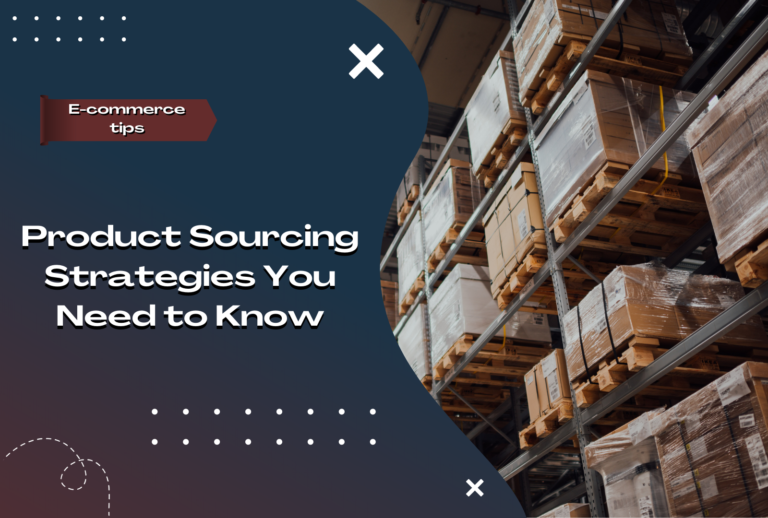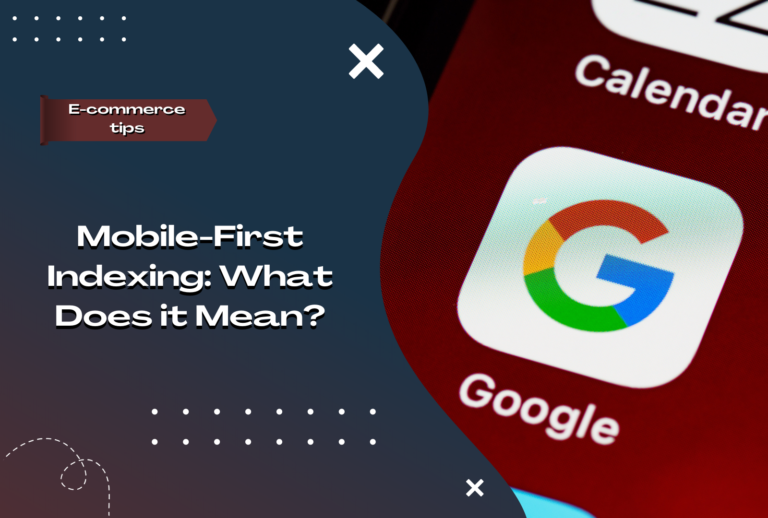Google Perspective API: What You Need to Know
We live in an age of social media where user-generated content (UGC) is everywhere. And while it can help to foster brand growth, there are instances where UGC can do more harm than good. Enter Perspective API, a new code from Google that leverages machine learning to foster healthy discussions online by flagging harmful comments.
In this article, we’ll discuss everything you need to know about Perspective API to learn how it can help you moderate content online.
What is Google’s Perspective API?
Google’s Perspective API is a tool developed by Jigsaw, a technology incubator within Alphabet (Google’s parent company). The primary objective of the Perspective API is to assist online platforms in moderating comments and fostering healthier online discussions. It does this by evaluating the content of user comments and providing a “toxicity” score, which indicates the likelihood that a comment might be perceived as toxic or harmful.
The API uses machine learning models that have been trained on vast amounts of data from the internet. These models analyze the text of a comment and compare it to patterns found in previously labeled toxic content. Based on this analysis, the API returns a score between 0 and 1, with higher scores indicating a higher likelihood of toxicity. This score can then be used by online platforms to decide whether to publish, flag, or review a comment.
What are the advantages of using Perspective API?
One of the significant advantages of the Perspective API is its ability to process comments in real-time, allowing for instantaneous feedback to users or moderators. This can be particularly useful for large platforms that receive thousands or even millions of comments daily, making manual moderation a daunting task.
Here are a couple of benefits that Perspective API offers:
- Customizable thresholds: Developers can set their own thresholds for what is considered “toxic”, allowing for flexibility based on the platform’s audience and guidelines.
- Multilingual support: Perspective API supports multiple languages, making it suitable for platforms with a global audience.
- Machine learning Based: The API uses machine learning, which means its accuracy can improve over time as it is exposed to more data.
- Easy integration: It offers a straightforward integration process for developers, making it relatively easy to incorporate into existing platforms.
- Feedback loop: Developers can provide feedback on the API’s decisions, which can be used to further train and refine the model.
- Diverse metrics: Apart from toxicity, the API can also measure other attributes like “insult”, “threat”, and “obscene”, providing a more comprehensive view of a comment’s content.
However, like all machine learning models, the Perspective API is not infallible. It can sometimes produce false positives or negatives. To address this, Jigsaw encourages developers to provide feedback and continuously refines the model to improve its accuracy.
What are the current applications of Google’s Perspective API?
Here’s a detailed breakdown of its applications:
1. Content moderation
One of the primary applications of the Perspective API is to assist online platforms in moderating user-generated content. By analyzing the text, the API can assign a “toxicity” score, indicating the likelihood that the content might be perceived as toxic or harmful. This allows platforms to automatically filter out or flag potentially harmful comments for review, ensuring that online discussions remain civil and constructive.
2. Improved user experience
By integrating the Perspective API, platforms can provide real-time feedback to users about the potential toxicity of their comments before they post them. This not only helps in preventing the spread of harmful content but also educates users about the nature of their comments. Over time, this can lead to more positive interactions and a better overall user experience.
3. Behavioral analysis
The Perspective API can be a valuable tool for researchers studying online behavior and interactions. By analyzing large datasets of online comments, researchers can gain insights into patterns of toxic behavior, the effectiveness of moderation strategies, and the overall health of online communities.
4. Customization for various platforms
Different online communities have different standards and definitions of what constitutes “toxic” behavior. The Perspective API allows platforms to customize the toxicity threshold based on the specific needs and values of their community. This ensures that the tool remains flexible and adaptable to various online environments.
5. Provide support for human moderators
While automation is powerful, human judgment is still crucial in many moderation scenarios. The Perspective API can act as a first line of defense, filtering out the most obviously toxic comments and allowing human moderators to focus on more nuanced cases. This not only makes the moderation process more efficient but also reduces the emotional burden on human moderators who otherwise might be exposed to large volumes of harmful content.
6. Easy integration
The Perspective API can be integrated with other tools and platforms to create a comprehensive content moderation system. For instance, it can be combined with machine learning models that detect hate speech, misinformation, or other forms of harmful content. This multi-layered approach ensures that online platforms are better equipped to handle the diverse challenges of moderating user-generated content.
Does Perspective API help with SEO?
There are a couple of ways Perspective API can indirectly influence your search engine optimization (SEO) efforts. Here’s how:
User Experience (UX): One of the critical factors that search engines consider when ranking websites is the user experience. A site with a toxic or negative environment can deter users from staying on the page, leading to higher bounce rates. By using the Perspective API to filter out harmful comments, websites can enhance the user experience, encouraging visitors to spend more time on the site and engage more deeply with the content.
Engagement Metrics: Search engines look at various engagement metrics, such as time spent on a page and user interactions, to gauge the quality and relevance of a site. A positive commenting environment can boost these metrics. When users feel safe and encouraged to participate in discussions, they are more likely to engage, comment, and interact with the content, signaling to search engines that the content is valuable and relevant.
Brand Reputation: SEO isn’t just about algorithms and metrics; it’s also about a brand’s reputation. Websites that are known for fostering positive discussions and communities can attract more visitors and backlinks. These backlinks, especially from reputable sources, can significantly boost a site’s SEO.
Reduced Manual Moderation: Without tools like the Perspective API, websites might need to employ manual moderation to maintain the quality of comments. This process can be time-consuming and costly. By automating the moderation process, websites can allocate resources more efficiently, focusing on creating quality content, which is a direct factor in SEO.
Conclusion
Google’s Perspective API represents a notable step forward in the realm of automated content analysis and moderation. By harnessing the power of natural language processing and machine learning, developers can foster safer online spaces by identifying and addressing toxic language.
Accurate bookkeeping is essential to maintaining the profitability of your company. If you need any help with expert bookkeeping services, our team is ready to assist you. Feel free to fill out the form below, and our team will get back to you shortly.








